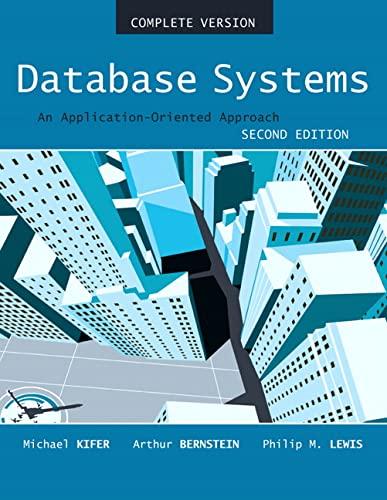Question
Let (E,D) be an AE-secure cipher (remember that AE = authenticated encryption). Show that the following derived cipher is not AE-secure: E1(k,m) = ( E(k,m)
Let (E,D) be an AE-secure cipher (remember that AE = authenticated encryption). Show that the following derived cipher is not AE-secure:
E1(k,m) = ( E(k,m) , E(k,m) ) = (c1,c2) ; D2 = ( k , (c1,c2) ) = D(k,c1), if D(k,c1) = D(k,c2) | reject otherwise
Hints: Remember that AE-security implies chosen-ciphertext security. Also, note that the encryption algorithm E is probabilistic, and therefore each computation of E(k,m) (as in the above scheme) results in a different ciphertext (with overwhelming probability), and therefore we have c1 ? c2 with overwhelming probability.
Step by Step Solution
There are 3 Steps involved in it
Step: 1

Get Instant Access to Expert-Tailored Solutions
See step-by-step solutions with expert insights and AI powered tools for academic success
Step: 2

Step: 3

Ace Your Homework with AI
Get the answers you need in no time with our AI-driven, step-by-step assistance
Get Started


